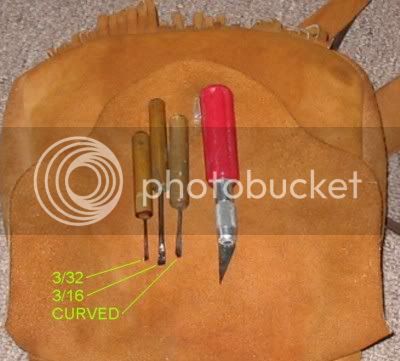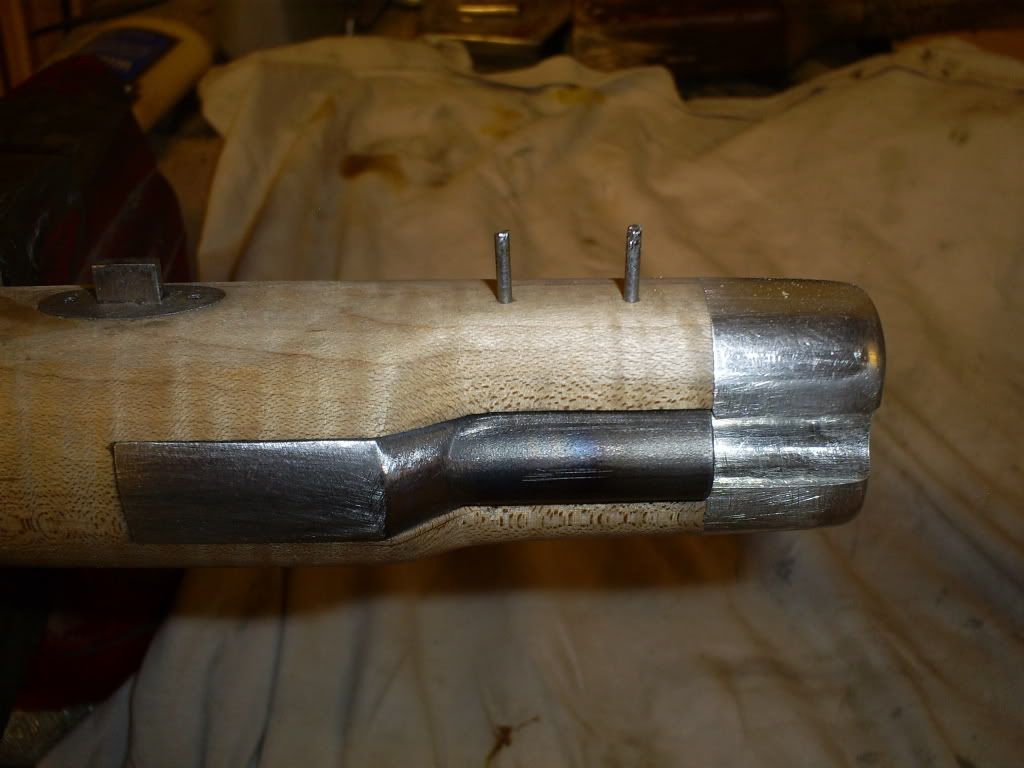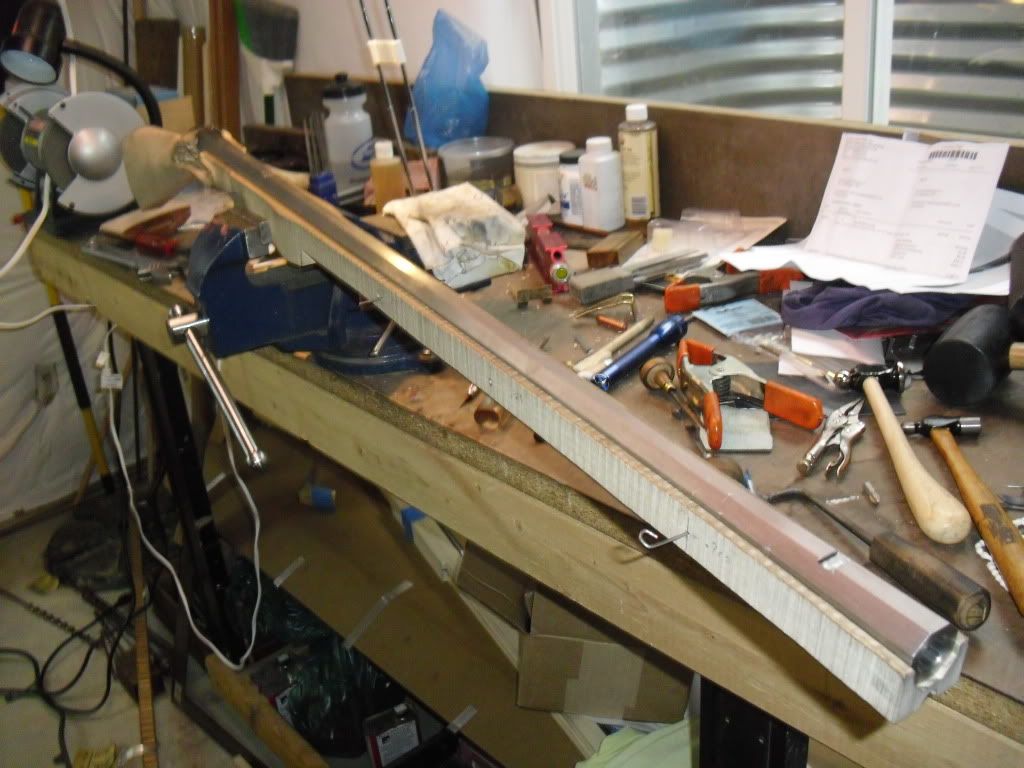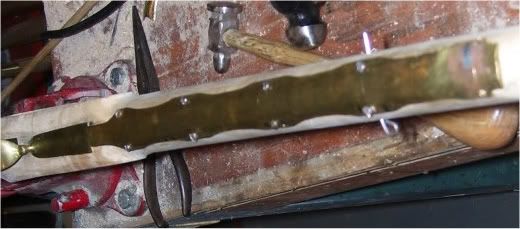I use music wire.
1/16" for the pins that hold in ram rod thimbles and trigger guards and 5/64" for the barrel underlugs.
The smaller wire works just fine for the lightly loaded parts that will seldom be removed.
I think the larger wire for the barrel underlugs has a couple of advantages.
Like Wick mentioned, the larger drill bit is less likely to wander. It is also longer than a 1/16" bit so it is easier to drill completely thru the forearm and be assured that the drill will pass completely thru the wood.
Another advantage of using the 5/64" pins is that one can use a 1/16" pin as a punch to drive the larger pins out when the barrel needs to be removed. The smaller 1/16" pin punch won't scrape on the holes which might possibly enlarge them.
Because the music wire is precision ground its size is very exact. That results in the hole made by a standard drill bit being exactly the same size as the wire.
These "line to line" fits will hold the pins in place nicely once they are installed.
This music wire is a high carbon alloy steel and it comes in a spring temper so it's very hard to cut. I've ruined a few wire cutters by taking a shortcut and trying to cut the wire with them.
Turns out the wire is harder and tougher than many wire cutters.
To cut music wire, it can be annealed by heating it red hot and then slowly cooling it.
Once annealed a hack saw or wire cutters will cut thru it.
If you have a Dremel tool with a cut off wheel, that will grind its way thru it.
The corner of a bench grinders wheel will also work but its kind of messy and dangerous.
After the wire is cut it's a good idea to lightly break the sharp edges on both ends by forming a little chamfer. This helps the pins find their way thru the hole in the metal part.
PS: Because music wire is made out of a good hardening steel it can be used to make things like tiny chisels.
The end does have to be annealed before it can be pounded flat and rough shaped. Then it can be easily hardened by heating it red hot and oil quenching it.
Grind stones/whet stones/silicone carbide sandpaper and polishing will then make a razor sharp edge.
I installed mine in small pieces of wooden dowels.
Just the thing for installing small inlays and getting into small corners









